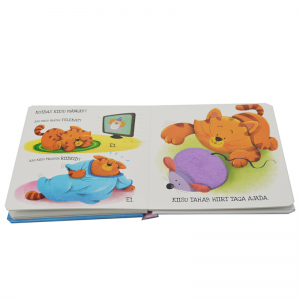How Screen Printing Works?
Screen printing is composed of five elements, namely, screen printing plate, squeegee, ink, printing table and substrate.
The basic principle of screen printing is to use the basic principle that the screen printing plate has the ink through the mesh of the graphic part and the non-image and text part is impermeable to the ink. When printing, pour ink on one end of the screen printing plate, and use a squeegee to apply a certain pressure on the ink position on the screen printing plate while moving toward the other end of the screen printing plate. The ink is squeezed from the mesh of the graphic part to the substrate by the squeegee while it is moving. Due to the viscosity of the ink, the imprint is fixed within a certain range. During the printing process, the squeegee is always in line contact with the screen printing plate and the substrate, and the contact line moves with the movement of the squeegee. Keep a certain gap between them, so that the screen printing plate during printing produces a reaction force against the squeegee through its own tension. This reaction force is called resilience. Due to the effect of resilience, the screen printing plate and the substrate are only in mobile line contact, while other parts of the screen printing plate and the substrate are in a disengaged state. The ink and the screen are broken to ensure the printing dimensional accuracy and avoid smearing the substrate. When the squeegee is scraped across the entire layout, it is lifted, and the screen printing plate is lifted at the same time, and the ink is gently scraped back to the original position. So far is a printing trip.





















